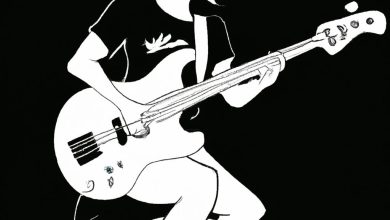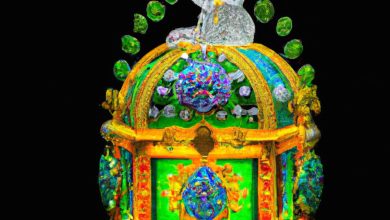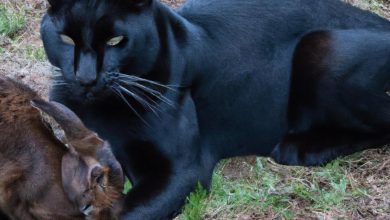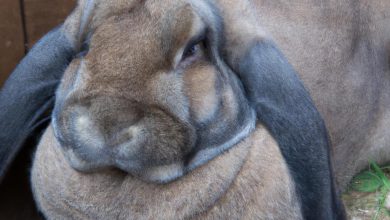The Black Rabbit of Inle: A Guide to the Mythical Creature
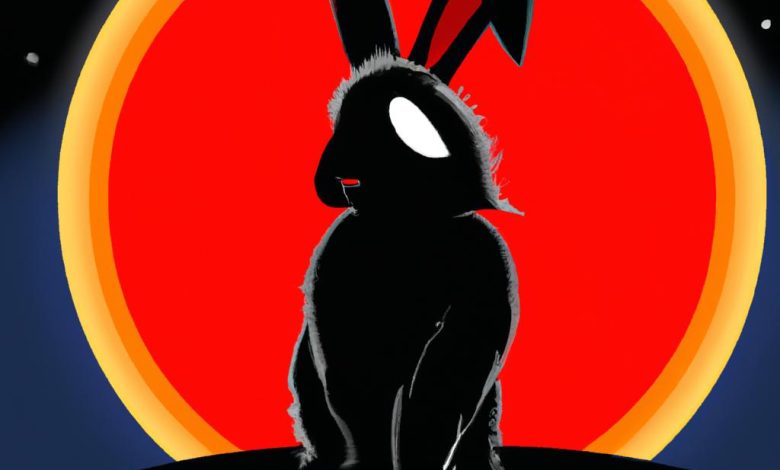
Have you ever heard of the black rabbit of inle? This mysterious creature has captured the imaginations of people for centuries, appearing in literature and mythology around the world. But what is the Black Rabbit of Inle, and why is it so significant?
The Black Rabbit of Inle is a mythical creature that has been the subject of many stories and legends. It has appeared in literature and art across many cultures, from ancient Greece to modern-day Japan. The creature is often associated with death and the afterlife, making it a symbol of both fear and reverence.
Despite its dark reputation, the Black Rabbit of Inle has also been seen as a symbol of fertility and new life. Its presence in folklore and storytelling traditions has made it an enduring figure in popular culture, appearing in everything from novels to video games.
In this article, Rabbitfact‘ll explore the origins, symbolism, and modern interpretations of the Black Rabbit of Inle. Whether you’re a fan of mythology and folklore or simply curious about the creature, this guide will provide you with everything you need to know. So, let’s dive in and uncover the secrets of the Black Rabbit of Inle.
Origins of the Black Rabbit of Inle
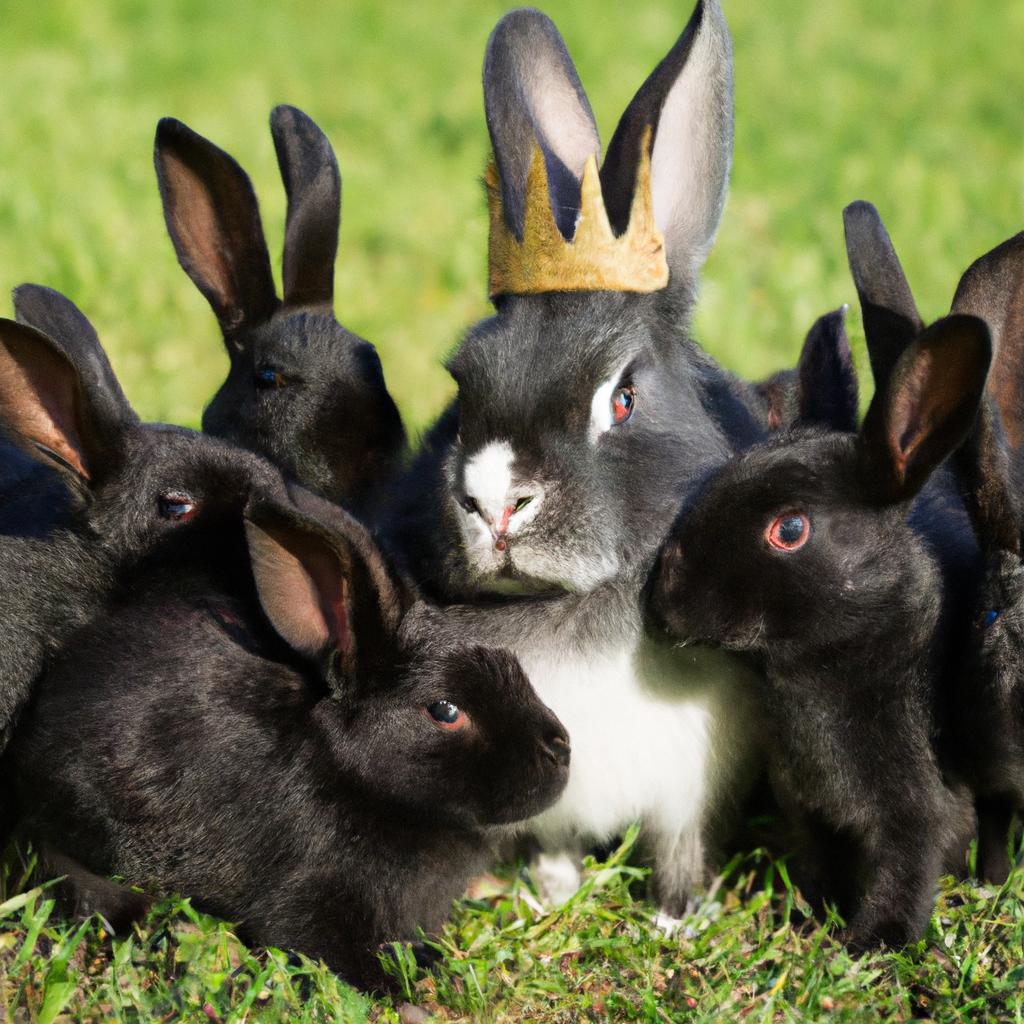
Historical and Cultural Context of the Myth
The Black Rabbit of Inle has a rich history that spans many cultures and time periods. One of the earliest known representations of the creature can be found in ancient Greek mythology, where it was known as the “Hare of Selene.” In Greek mythology, the moon goddess Selene was often depicted riding a chariot pulled by a team of horses, with the Hare of Selene running alongside.
In many other cultures, the Black Rabbit of Inle is associated with death and the afterlife. In Aztec mythology, for example, the god Tezcatlipoca was said to have transformed into a black rabbit when he descended into the underworld. Similarly, in Celtic mythology, the rabbit was seen as a guide to the underworld, leading the souls of the dead to their final resting place.
Folklore and Storytelling Traditions
The Black Rabbit of Inle has also been a popular figure in folklore and storytelling traditions around the world. In Japanese folklore, for example, the creature is known as “Kuro Usagi,” and is often depicted as a trickster figure who outwits his enemies through cunning and deception.
In English folklore, the Black Rabbit of Inle is associated with the character of El-ahrairah in Richard Adams’ novel “Watership Down.” El-ahrairah is a rabbit trickster who uses his wits to outsmart his enemies and protect his warren from danger.
Evolution of the Myth over Time
Over time, the myth of the Black Rabbit of Inle has evolved and changed, taking on new meanings and interpretations. In some cultures, the creature is seen as a symbol of fertility and new life, while in others it is associated with death and the afterlife.
Despite these differences, the Black Rabbit of Inle remains an enduring figure in mythology and popular culture. Its mysterious and elusive nature continue to capture the imaginations of people around the world, making it a symbol of both fear and reverence.
Symbolism and Significance
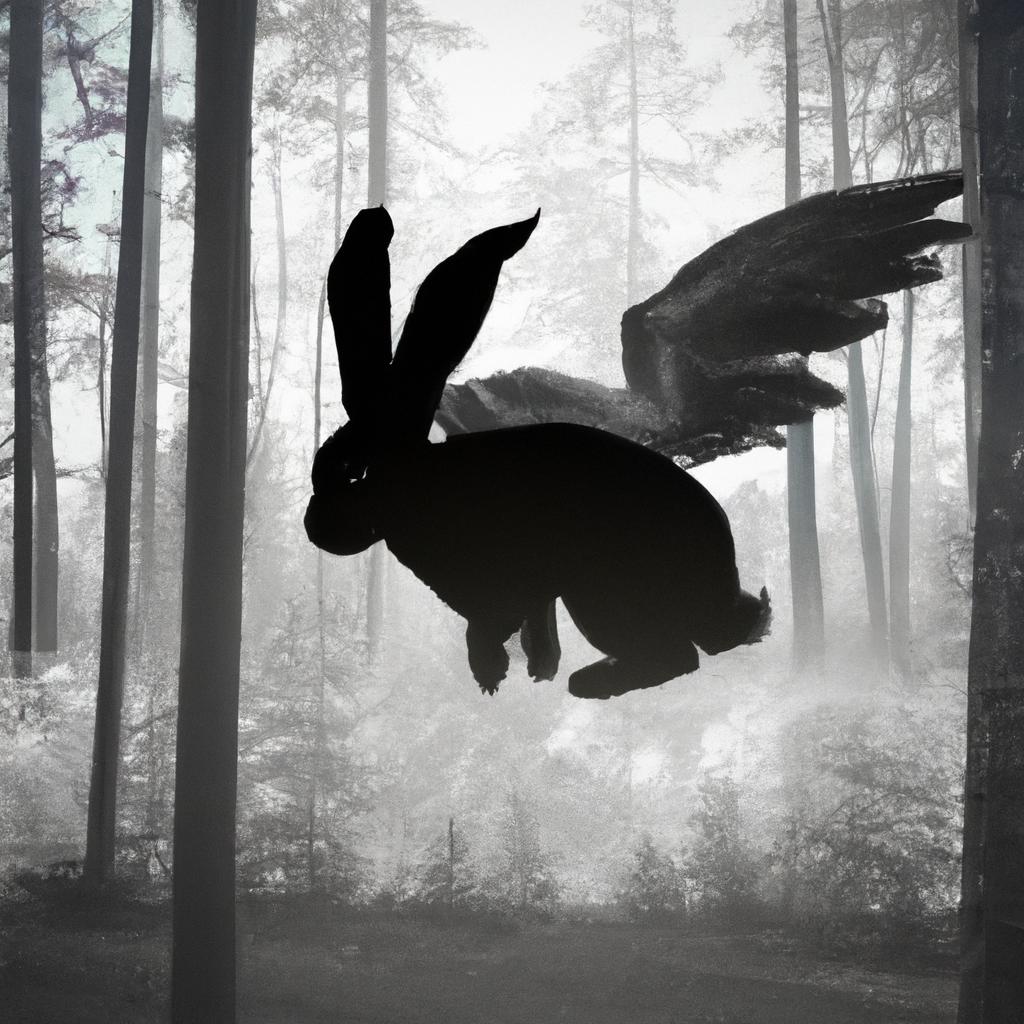
The Black Rabbit of Inle is a complex and multifaceted creature that has been interpreted in many ways throughout history. In this section, we’ll explore some of the most common interpretations of the Black Rabbit’s symbolism and significance.
Analysis of the Black Rabbit’s symbolism
One of the most common interpretations of the Black Rabbit of Inle is that it represents death and the afterlife. In many myths and legends, the creature is associated with the underworld and is said to guide the souls of the dead to the afterlife. The Black Rabbit is often depicted as a dark and fearsome creature, inspiring both awe and terror in those who encounter it.
Another interpretation of the Black Rabbit’s symbolism is that it represents fertility and new life. In some cultures, the rabbit is seen as a symbol of rebirth and renewal, and the Black Rabbit of Inle is no exception. Its association with death and the afterlife can also be seen as a metaphor for the cycle of life and death, with the Black Rabbit guiding souls from one life to the next.
Connections to other myths and archetypes
The Black Rabbit of Inle has been compared to other mythical creatures and archetypes throughout history. In some cultures, the rabbit is associated with trickster figures who use their wit and cunning to outsmart their enemies. The Black Rabbit’s association with death and the afterlife has also led some to compare it to other underworld figures, such as the Greek god Hades or the Egyptian god Anubis.
Interpretations and meanings of the creature
The meaning of the Black Rabbit of Inle is ultimately up to interpretation, and its symbolism can vary depending on the context in which it appears. Some see the creature as a symbol of fear and darkness, while others see it as a symbol of hope and renewal. Regardless of its interpretation, the Black Rabbit of Inle remains a powerful and enduring figure in mythology and popular culture.
Depictions in Art and Literature
The Black Rabbit of Inle has been a popular subject in art and literature for centuries. From ancient myths to modern-day novels, the creature has inspired countless works across many cultures. In this section, we’ll take a closer look at some of the most notable depictions of the Black Rabbit of Inle in various mediums.
Literary Works
One of the earliest depictions of the Black Rabbit of Inle can be found in Richard Adams’ classic novel, “Watership Down.” In this book, the creature is portrayed as a dark and foreboding figure, associated with death and the afterlife. The Black Rabbit is seen as a messenger of the god Frith, tasked with guiding the souls of the dead to the afterlife.
Another notable literary work featuring the Black Rabbit of Inle is “The Silmarillion” by J.R.R. Tolkien. In this book, the creature appears as a servant of the god Mandos, tasked with guarding the Halls of Waiting where the souls of the dead reside.
Artistic Works
The Black Rabbit of Inle has also been a popular subject in art for centuries. One of the most famous depictions of the creature can be found in the ancient Greek vase painting known as the “Death of Orpheus.” In this painting, the Black Rabbit of Inle is shown leading Orpheus to the underworld after his death.
In modern times, the Black Rabbit of Inle has been featured in many works of art, including paintings, sculptures, and even tattoos. The creature’s dark and mysterious nature has made it a popular subject for artists looking to explore themes of death and the afterlife.
Impact on Popular Culture
The Black Rabbit of Inle has had a significant impact on popular culture, inspiring countless works of art and literature. Its presence in folklore and mythology has made it an enduring symbol of death and the afterlife, while its associations with fertility and new life have given it a more positive connotation in some cultures.
Overall, the Black Rabbit of Inle remains a fascinating and mysterious creature that continues to capture the imaginations of people around the world. Its impact on popular culture is a testament to its enduring power and significance.
Modern Interpretations and Adaptations
As with many myths and legends, the Black Rabbit of Inle has been adapted and reimagined for modern audiences. From film and television to video games, the creature has appeared in a variety of different forms. Let’s take a look at some of the most notable modern interpretations of the Black Rabbit of Inle.
Contemporary Reimaginings of the Black Rabbit of Inle
One of the most fascinating aspects of the Black Rabbit of Inle is how it has been transformed and adapted by different cultures. In modern times, the creature has taken on new meanings and forms, appearing in a range of different media. For example, in the novel “Watership Down” by Richard Adams, the Black Rabbit of Inle is portrayed as a messenger of death and a guide to the afterlife for the rabbits in the story.
Examples of the Myth in Film, TV, and Video Games
The Black Rabbit of Inle has also appeared in a variety of different films, TV shows, and video games. In the popular video game “World of Warcraft,” players can encounter a character named “The Black Rabbit of Inle” who appears as a spectral rabbit. In the TV series “Lost,” the Black Rabbit of Inle is referenced as a symbol of death and the afterlife.
Critiques and Controversies Surrounding Modern Adaptations
While many modern adaptations of the Black Rabbit of Inle have been well-received, there have also been critiques and controversies surrounding some depictions of the creature. For example, some have criticized the portrayal of the Black Rabbit of Inle in the TV series “Lost” as insensitive to the myth’s cultural origins.
Despite these controversies, the Black Rabbit of Inle remains a fascinating and enduring figure in popular culture. Its adaptability and symbolism make it a rich source of inspiration for writers, artists, and creators across different media.
Conclusion
In conclusion, the Black Rabbit of Inle is a fascinating creature that has a rich history in mythology and literature. Its symbolism and significance have evolved over time, making it a complex and multi-dimensional figure. From its origins in ancient folklore to its modern adaptations in popular culture, the Black Rabbit of Inle has captivated audiences for centuries.
As we’ve seen, this mythical creature has been interpreted in many different ways, from a symbol of death and the afterlife to a representation of fertility and new life. Its mysterious nature and enduring appeal have made it a popular subject for artists, writers, and storytellers throughout history.
At rabbitfact.com, we’re dedicated to providing you with accurate and engaging information about rabbits and other creatures in the animal kingdom. Whether you’re interested in learning more about the Black Rabbit of Inle or simply want to expand your knowledge of rabbits, we’re here to help.
So, what are you waiting for? Start exploring the world of rabbits today and discover all the amazing facts and stories that make them such fascinating creatures.
Conclusion: So above is the The Black Rabbit of Inle: A Guide to the Mythical Creature article. Hopefully with this article you can help you in life, always follow and read our good articles on the website: rabbitfact.com
